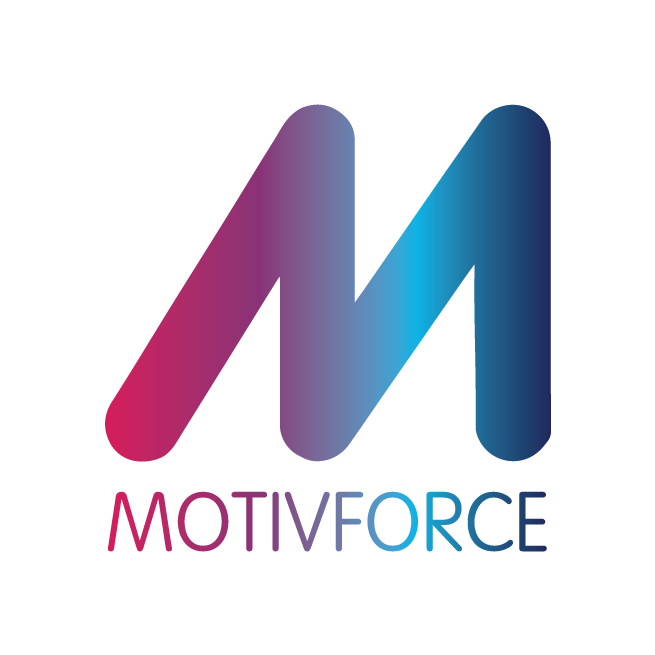How to align enablement with strategy?
4 Steps on how to align enablement with strategy?
By Ko de Ruyter and Debbie Keeling
In today’s markets company success seems to depend increasingly on the capabilities of their business partners. The proliferation of online courses and just-in-time knowledge available through mobile is prompting organizations to pay attention to innovative modes of instruction. Yet, we often see that too many enablement programs focus on the wrong content. When we point this out to clients, we invariably get asked the question ‘But how can we design programs that link to our strategic channel priorities?’ Here’s input for starting a very strategic conversation.
“It is clear that organizing training days with a tepid lunch buffet is no longer an option.”
A recent survey of 87 chief learning officers (CLO’s) from an impressive range of global companies makes clear that the time to adopt a proactive stance on business partner development is now. It is clear that organizing training days with a tepid lunch buffet is no longer an option. Instead, a stepwise process of “in-role” development through on-the-job experience is key.
1. Assess training needs
As a first step, a training needs assessment helps business leaders to identify skills gaps and “pain points” they want partner education to address. This is bound to result in a smorgasbord of wishes, which is unlikely to move the needle on the channel priorities that matter most. Mapping these needs explicitly against the strategic channel agenda, however, is a good way of focusing enablement initiatives. To expedite this alignment, it is important that abstract and ambiguous priorities (like ‘growth’) are unpacked (e.g., ‘doubling sales of Brand X in EMEA’), so that resources will be used more effectively. In order to facilitate this first step, CLO’s should report directly to the board. This will put learning on the strategic agenda and will make the alignment with business priorities easier.
2. Integrate into planning and control cycles
As a second step, learning needs to be integrated in planning and control cycles. Often learning activities are not accounted for due to lax budgeting and scattered initiatives working with thousands of external vendors. A rethinking of the learning ecosystem requires a change towards an integrated approach to in-role development of value-adding capabilities and incentive structures. This helps accelerate the development of channel partners through carefully orchestrated point-of-sale learning experiences, while making learning leaders responsible for building the strength of business partner pipelines. With this integration in place it is advisable to strive for stability of the learning agenda. As a rule, strategic channel imperatives evolve as part of longer cycles and learning priorities should follow suit.
3. Gain buy-in for the learning agenda
A third step is to gain buy-in for the learning agenda. It is important that product and sales managers stop treating business partner learning as a stand-alone and view it more as a journey. Rather than thinking they can teach people what they’re supposed to know in a couple of training sessions it is important to pull in business partners as partners (no pun intended!) so they can convince their peers it is important to become part of the journey (think virtual learning communities!). Another vehicle for advancing the learning agenda is to create enablement advisory boards to help set priorities, advice on the development of new curricula, and provide periodic reviews of the impact of the programs.
4. Align learning to the company's strategic priority
Finally, it is all about activating the learning agenda. This requires that the goals of the learning strategy be applied at the functional, regional, and business-unit levels. Just as channel executives need to align priorities and investment with a top-level strategy, learning leaders need to ensure that training and learning interventions are tailored to the specific needs of the business partners they serve and are aligned with the company’s strategic priorities.
So, with the above in mind, ask yourself ‘are you doing enough of the right things to develop the capabilities that your business partners need to deliver the outcomes that matter most to you?’












